The Bhagavad Gita explains love as devotion, equality, and surrender to God. Learn the hidden wisdom about love in...
Why radha is not mentioned in srimad bhagavatam?
The Srimad Bhagavatam is one of the most revered texts in Hindu literature, celebrated for its profound philosophical insights and rich narratives about Lord Krishna. However, it is notable for the absence of Radha, the beloved consort of Krishna, a figure who holds immense significance in later devotional traditions. This article explores several reasons behind this omission and the implications of Radha's absence in the Bhagavatam.
1. Thematic Focus
The Srimad Bhagavatam, attributed to Sage Vyasa, primarily emphasizes the life, teachings, and divine pastimes of Lord Krishna. The text focuses on various aspects of Krishna's life, including his childhood exploits, his role as a protector, and his philosophical discourses. While Radha is central to the emotional and devotional aspects of Krishna's stories, the Bhagavatam often prioritizes narratives that illustrate Krishna's relationship with all his devotees, including the gopis (cowherd maidens), without singularly highlighting Radha.
2. Historical Context and Composition
The Srimad Bhagavatam was composed around 500 BCE to 300 CE, a time when the worship of Krishna was evolving, but Radha’s role had not yet become as prominent in devotional literature. Radha’s prominence emerged later, particularly during the medieval period with the advent of the Gaudiya Vaishnavism movement led by Chaitanya Mahaprabhu. Texts like the Gita Govinda by Jayadeva and various poetic works further explored Radha’s divine love for Krishna, making her an essential figure in the devotional landscape.
3. Symbolism of Radha
Radha embodies the concept of mahabhava, the highest expression of divine love and devotion. Her love for Krishna transcends mere attraction; it represents the soul's longing for the divine. While the Bhagavatam does not explicitly mention her, her essence permeates the text through the themes of devotion and love. Radha’s portrayal in other scriptures as the epitome of devotion complements the Bhagavatam’s emphasis on the different aspects of divine relationships.
4. Philosophical Interpretation
In Gaudiya Vaishnavism, Radha is considered the spiritual energy of Krishna, symbolizing the ultimate devotee. The philosophical discourse within the Bhagavatam often aims to describe the nature of God and the relationship between the divine and the devotee. By not mentioning Radha, the text maintains a broader focus on Krishna's divine play (lila) and the relationship he shares with a diverse array of devotees, which includes but is not limited to the intimate love depicted in the Radha-Krishna relationship.
5. Literary Development
Radha’s absence in the Srimad Bhagavatam does not diminish her importance in the overall narrative of Krishna’s life and teachings. Later texts and traditions have sought to fill this gap, emphasizing her role in the spiritual landscape of Krishna devotion. The development of devotional poetry, music, and art often highlights the Radha-Krishna dynamic, celebrating their love as the highest form of devotion.
Conclusion
While Radha is not explicitly mentioned in the Srimad Bhagavatam, her presence is felt through the underlying themes of love, devotion, and the quest for the divine. The text serves as a foundational scripture for understanding the multifaceted nature of Krishna's relationships with his devotees. In this way, Radha's essence is intricately woven into the fabric of Krishna's pastimes, and her significance continues to be celebrated in the broader context of Hindu devotion and spirituality.

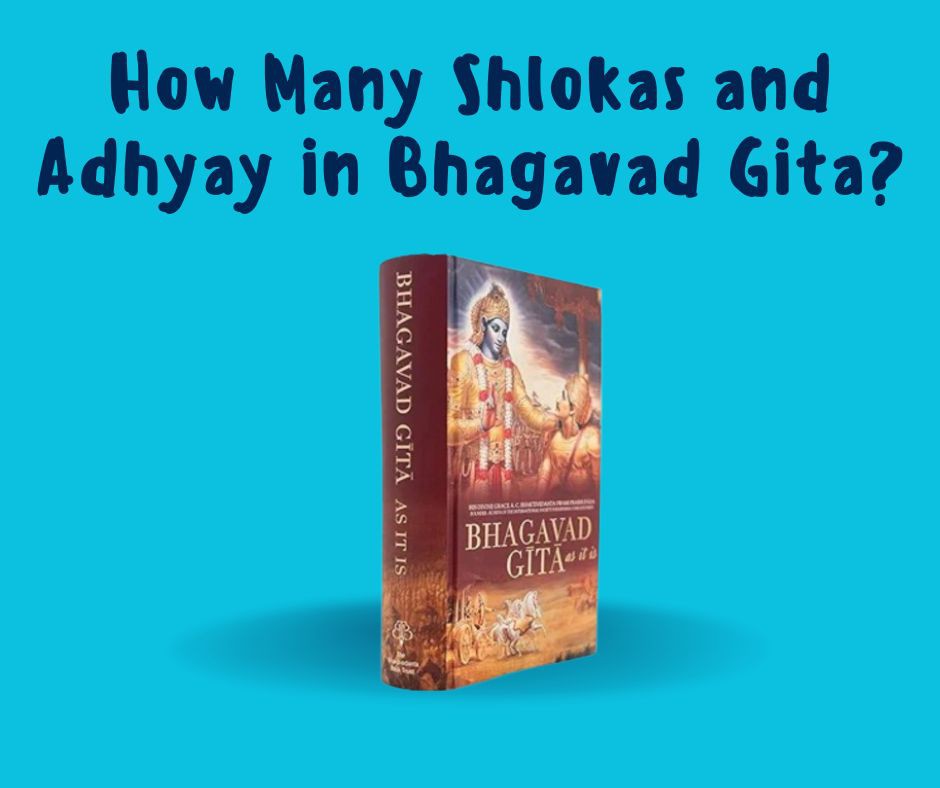
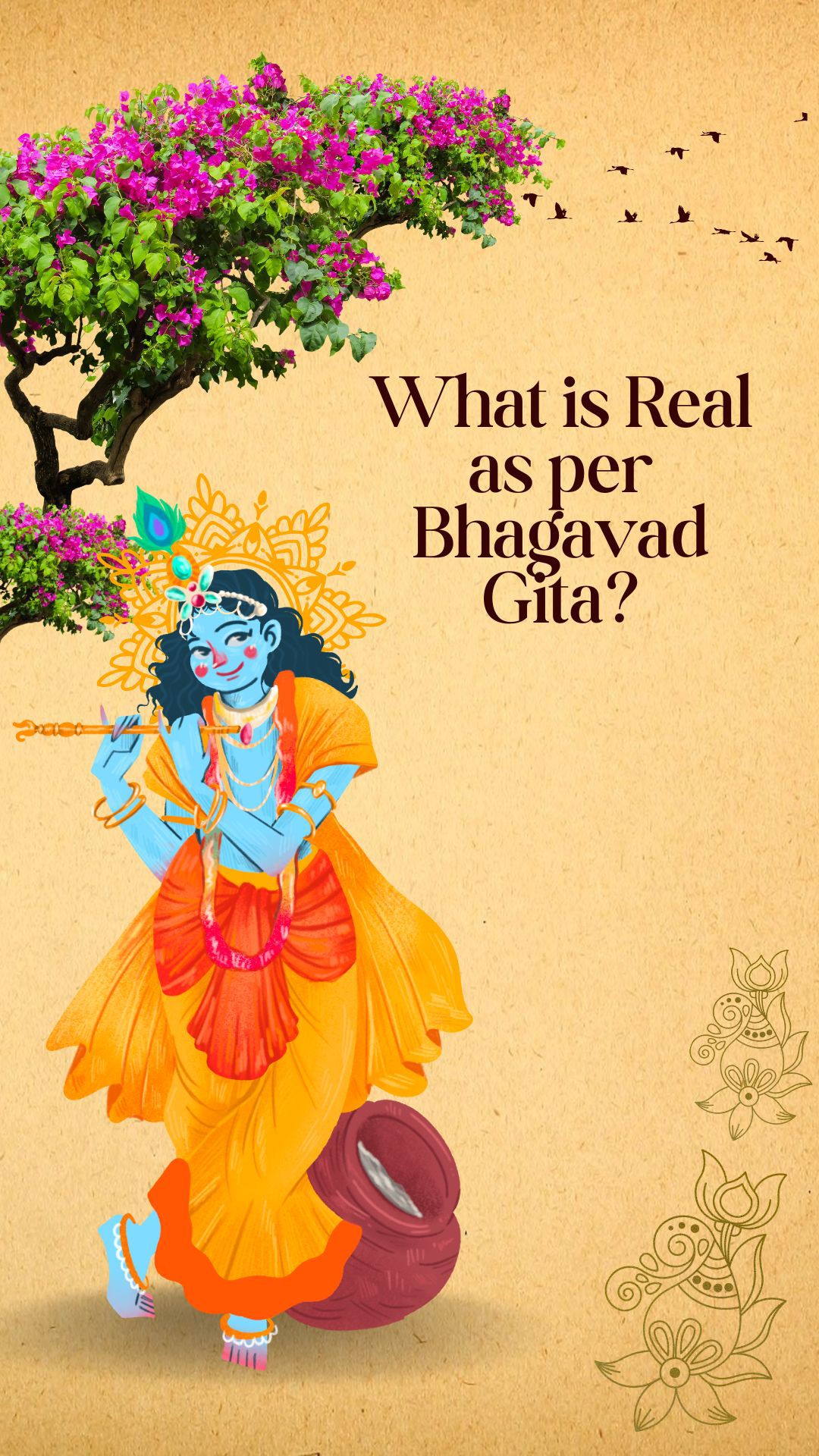
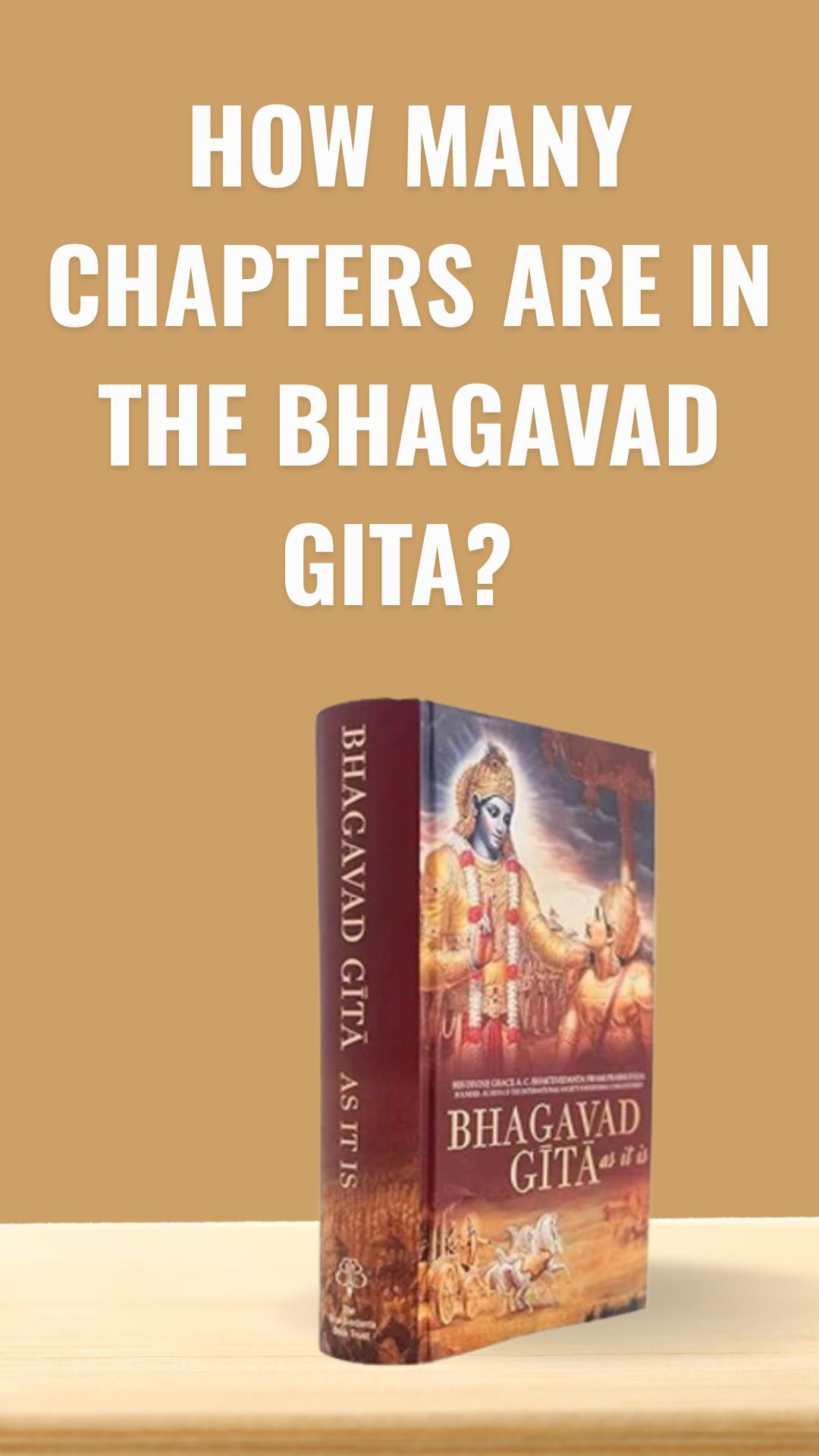
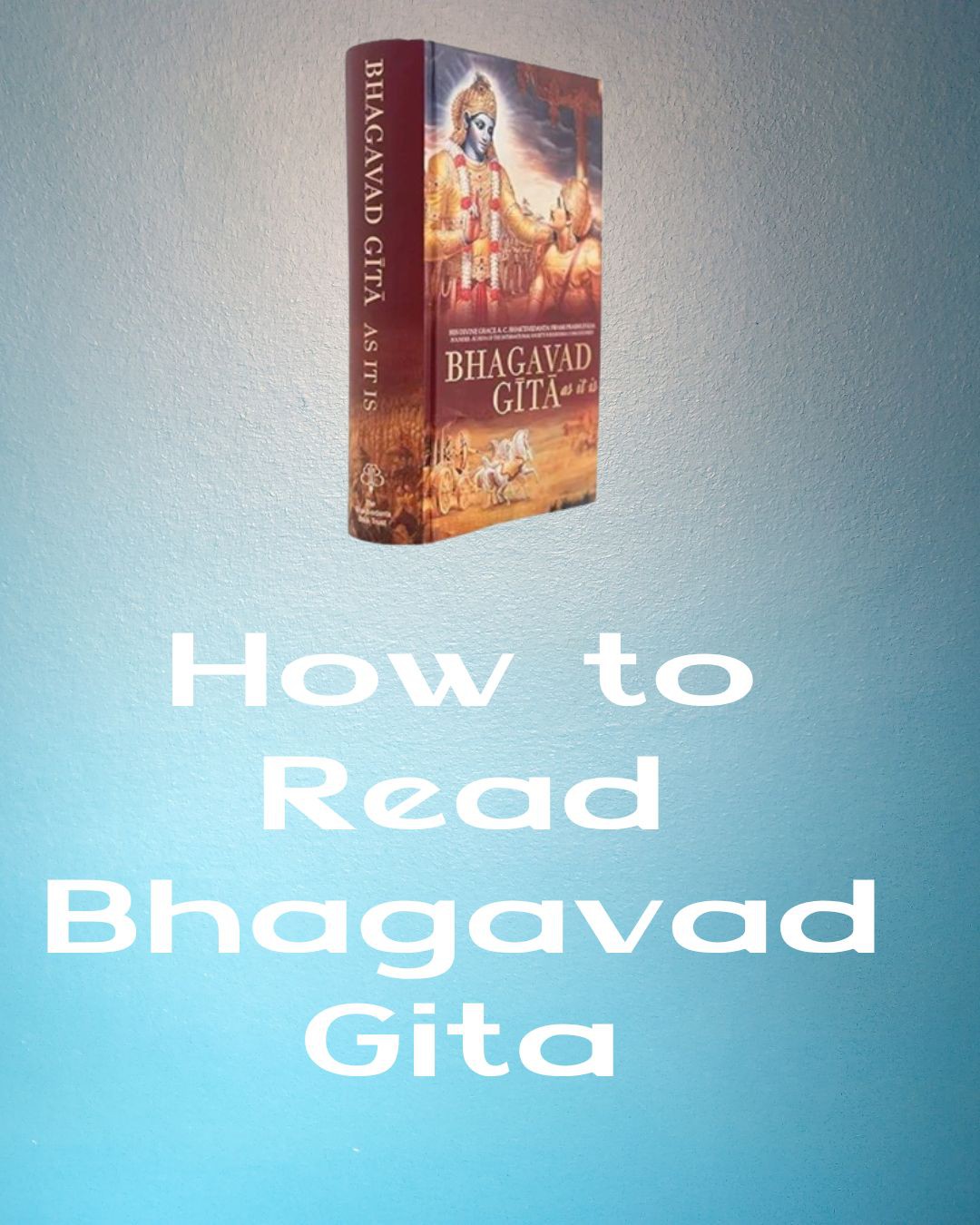

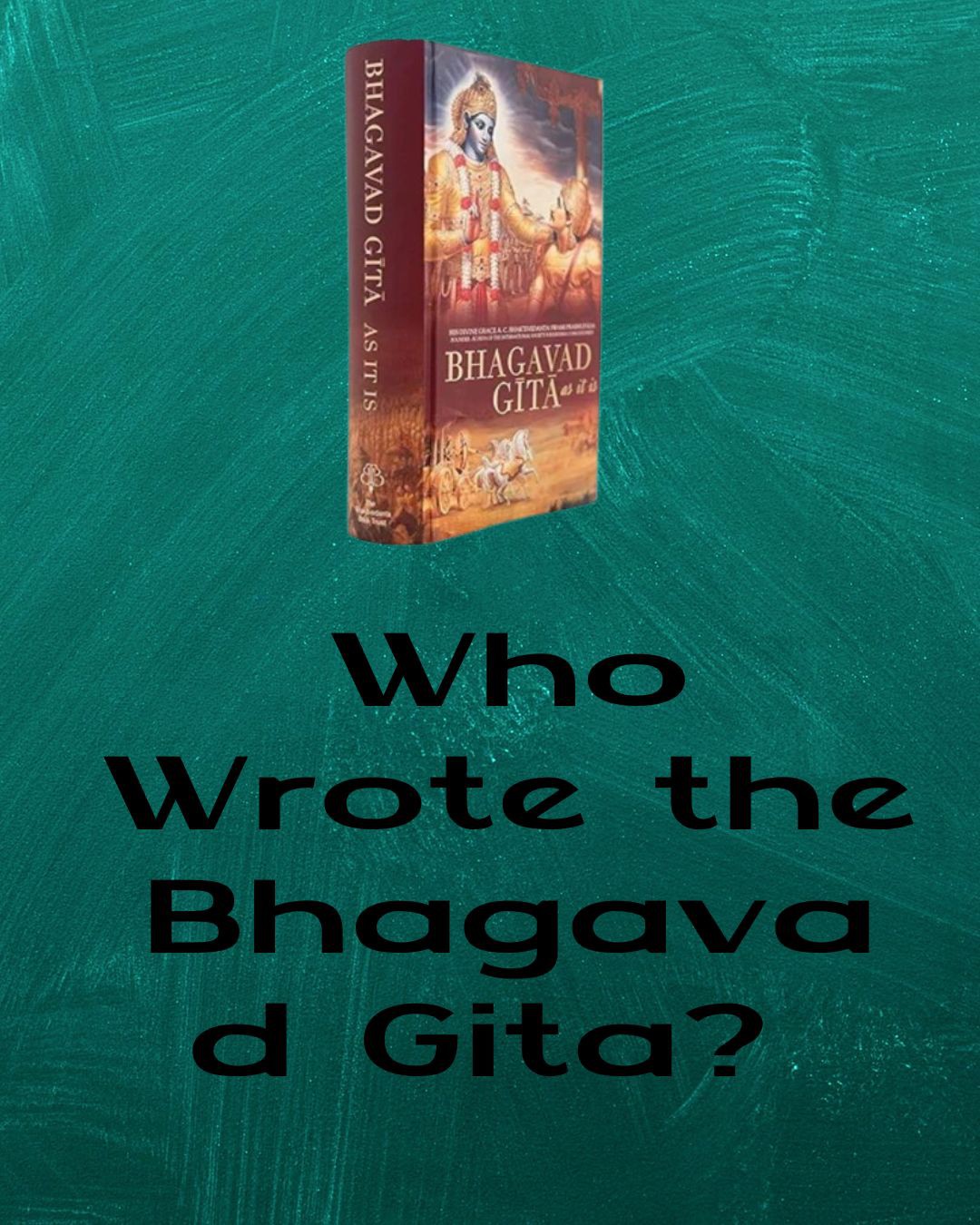



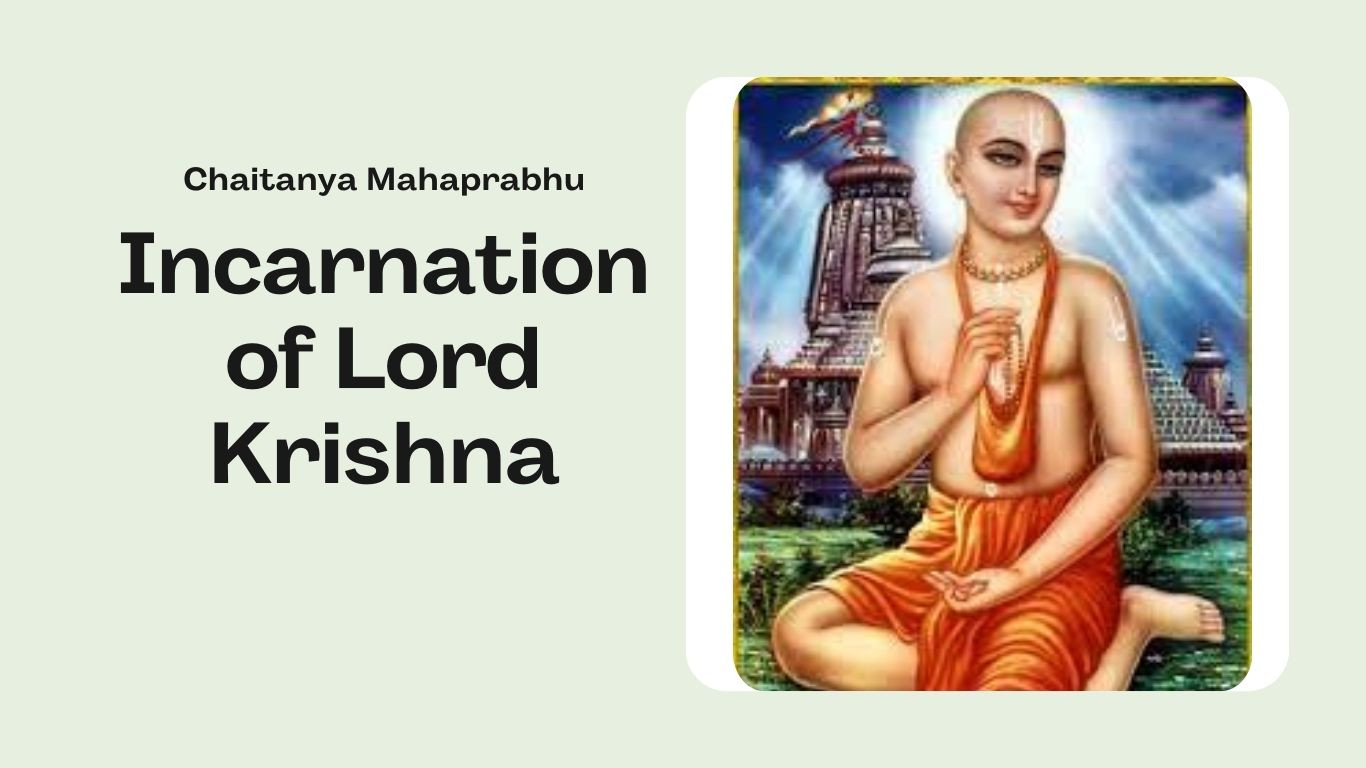
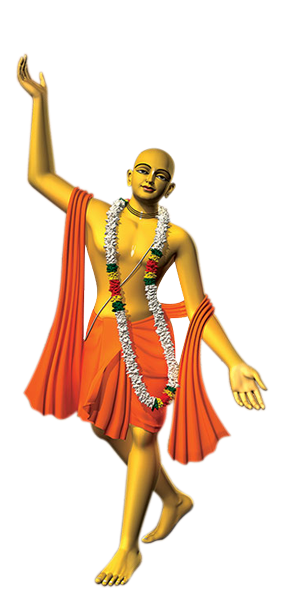
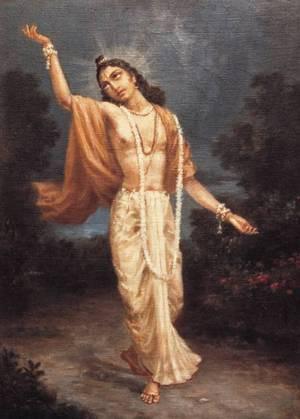
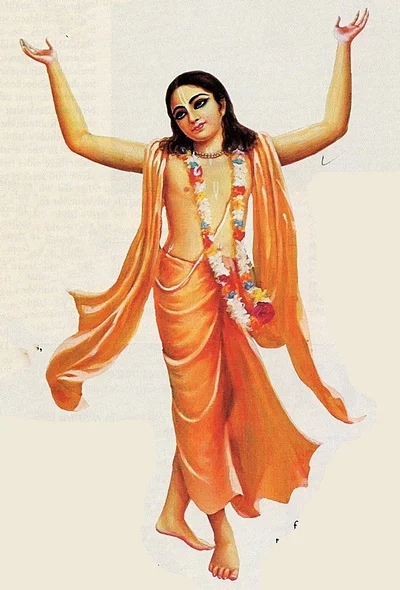

Leave a comment